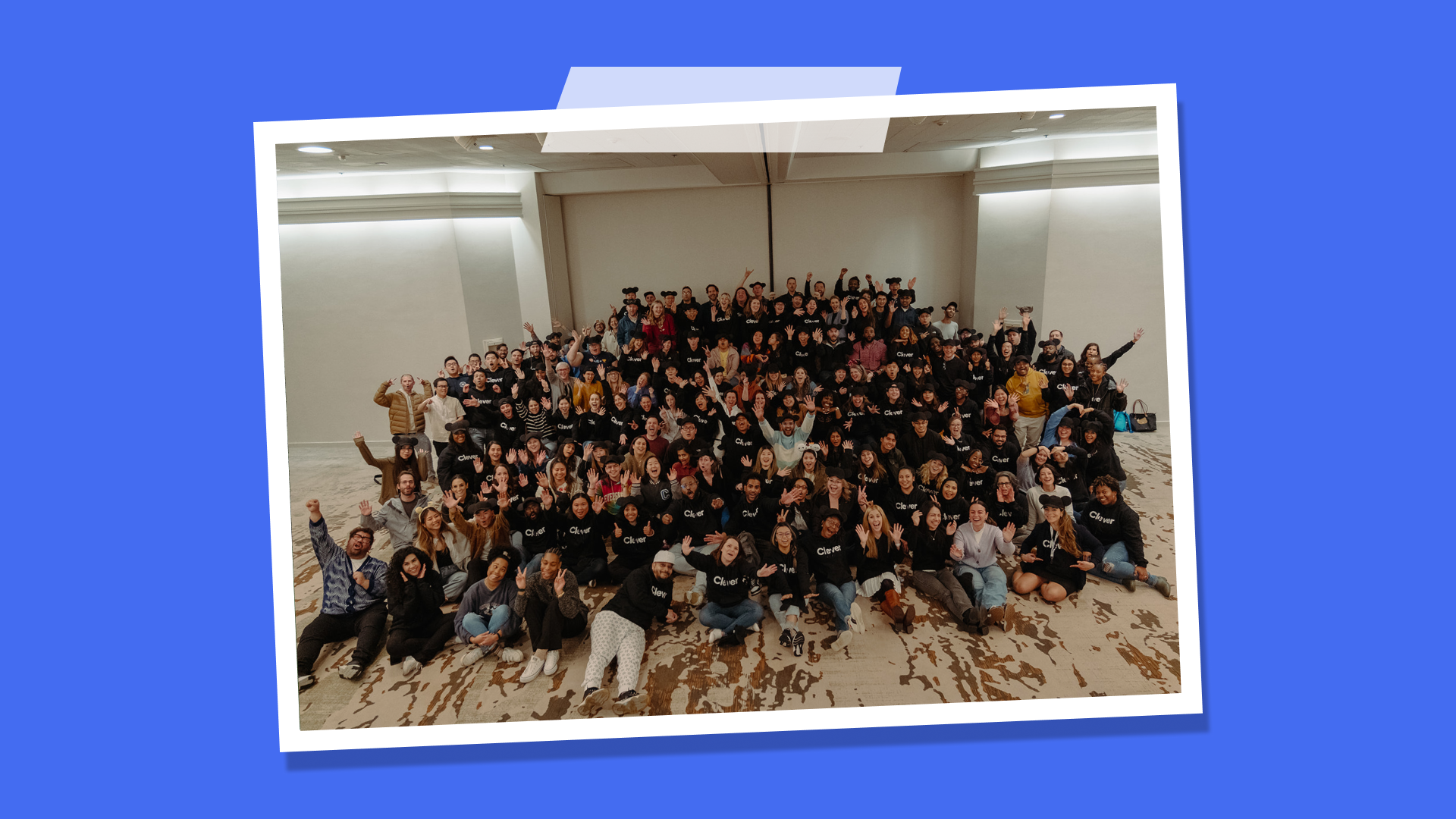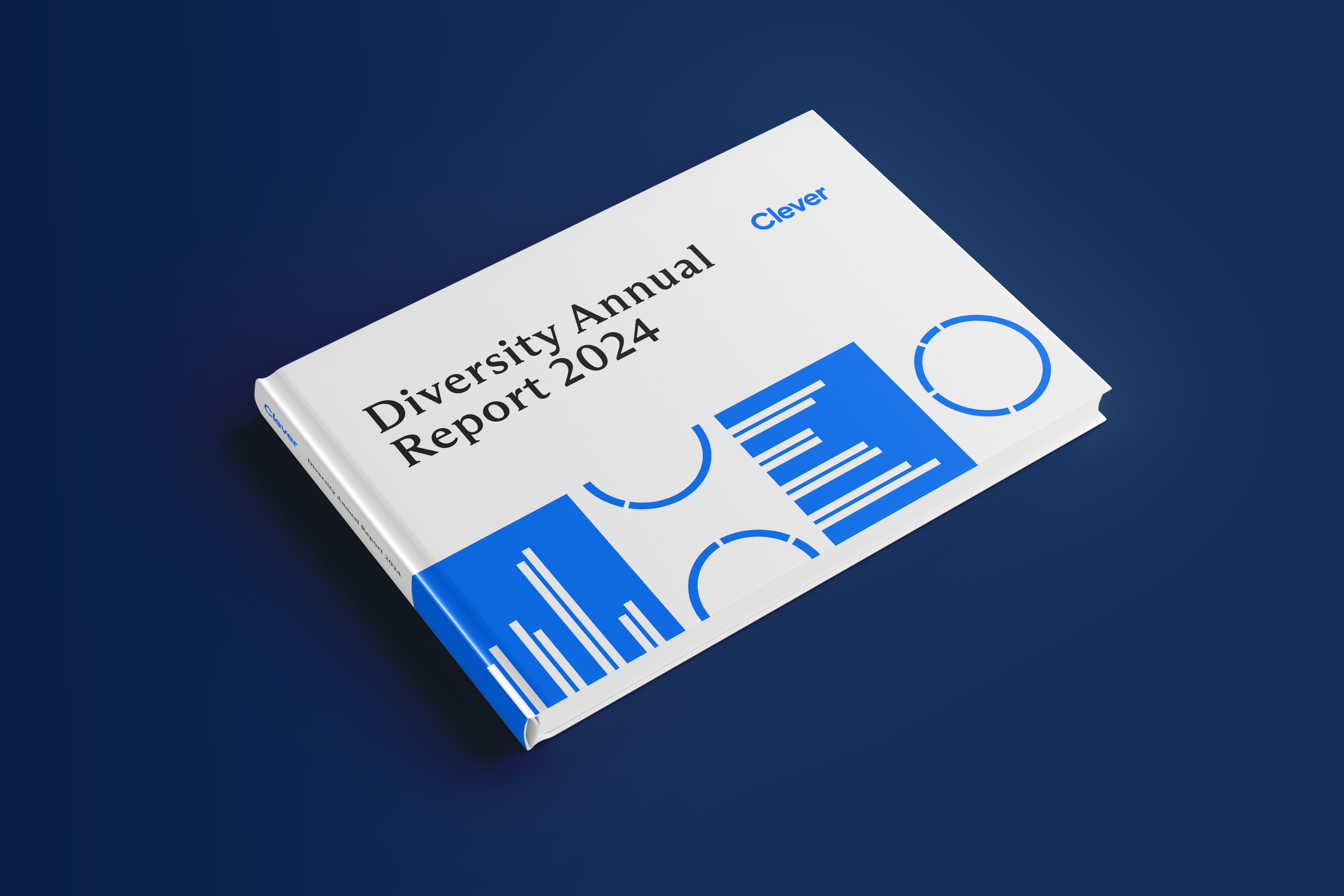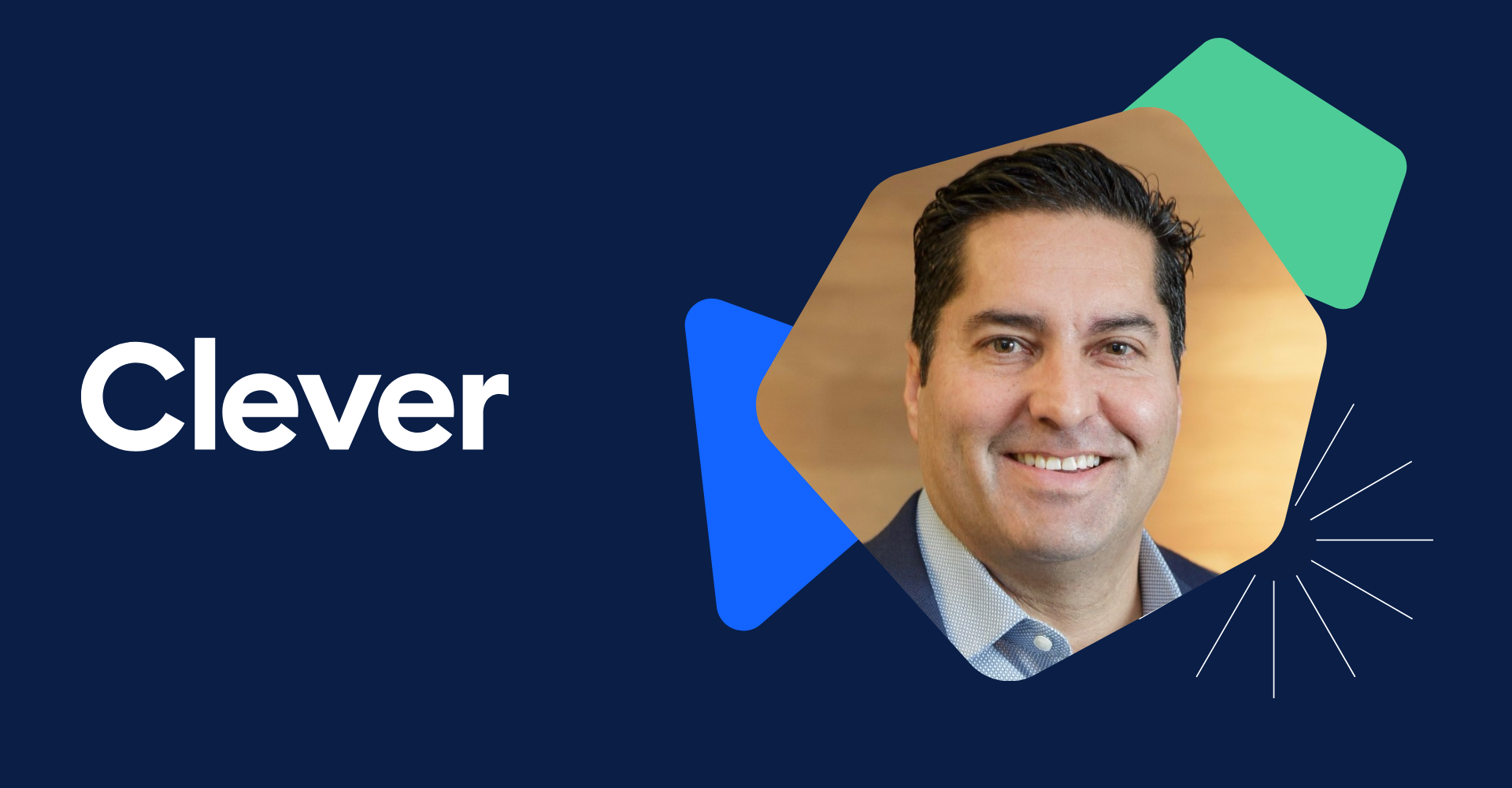House vote means no buzzwords left behind
The U.S. House Passed on Wednesday the ‘Every Student Succeeds Act’ and Offers Common Ground on Educational Technology Catch-Phrases
Words matter.
After 14 years of political wrangling over the role of federal government in American education, the House passed on Wednesday a landmark bipartisan update to the Bush-era No Child Left Behind act.
Somehow, despite its 1000+ pages, the more vocal advocates on both the right and the left found little within it to celebrate. Conservatives said the bill didn’t go far enough to dismantle federal influence in schools, while civil rights groups see it as an improvement but one that still falls short in addressing the achievement gap head-on.
Still, most seem to agree that changes were in order, and a step forward in any direction was needed to strike a better balance between federal and state control and accountability for the education of our nation’s next generation of citizenry.
Interestingly, the Act takes a first-ever ‘official’ step of defining some of the most heavily used yet widely interpreted terms within the realm of educational technology. Here are the three biggies, as summarized by EdSurge:
- Blended Learning: a formal education program that leverages both technology-based and face-to-face instructional approaches A) that include an element of online or digital learning, combined with supervised learning time, and student-led learning, in which the elements are connected to provide an integrated learning experience and B) in which students are provided some control over time, path, or pace.
- Digital Learning: any instructional practice that effectively uses technology to strengthen a student’s learning experience and encompasses a wide spectrum of tools and practices.
- Educational Technology: modern information, computer and communication technology products, services, or tools, including the Internet and other communications networks, computer devices and other computer and communications hardware, software applications, data systems, and other electronic content (including multimedia content) and data storage.
The bill doesn’t just play the semantics game. It actually does re-up federal grant investments in educational technology. Critics among district IT audiences note though that the investments in technology infrastructure only represent two percent of the full $1.6 billion authorization.
Will decreased federal involvement and a broad reduction in mandated assessments make the difference we need – especially for the schools and students mired on the wrong side of the achievement gap? We’ll have to wait and see. But it’s clear from the revised bill that the need for personalized learning is now being acknowledged as central to the conversation through its new definitions.
After all, words matter.
Stay tuned next week for the Senate vote, which nearly all observers see as a foregone conclusion along with President Obama’s final signature.
We’d love to hear your thoughts. Fire away in the comments section below.

More to read

December 17, 2024
Year in review: Diversity, equity, and inclusion in 2024A snapshot of our learnings around DE&I for 2024 – our focuses, our progress, and where we need to improve.

December 13, 2024
Diversity Report 2024Discover Clever’s 2024 Diversity Report with insights from Amie Ninh, Head of DE&I and L&D. Explore our workforce diversity data, DE&I efforts, and ongoing commitment to building an inclusive, equitable workplace that reflects the schools we serve.

August 9, 2024
Welcoming Texas-based Dominic Via as Clever’s VP of SalesLearn about the major challenges Dominic Via is seeing for K-12 leaders, the latest successes in Texas schools, and upcoming trends that will impact school districts this year.

















